Relocation is not really the done thing in football, but it’s happened more than you might think over the years.
Here, we tell the stories of just some clubs who’ve relocated from their original homes – whether of their own volition or due to factors beyond their control.
For sake of clarity, we’ve led with each club’s current name, while referencing any previous guises from their history.
Anorthosis Famagusta
Forced out of their native Famagusta when Turkey invaded Cyprus in 1974 and occupied the northern part of the island, Anorthosis have been in exile for more than 50 years – and have played their home games in the south-eastern city of Larnaca since 1986.
In 2008, the multiple Cypriot champions made history by becoming the first club from the Mediterranean nation to qualify for the Champions League group stage.
Arsenal
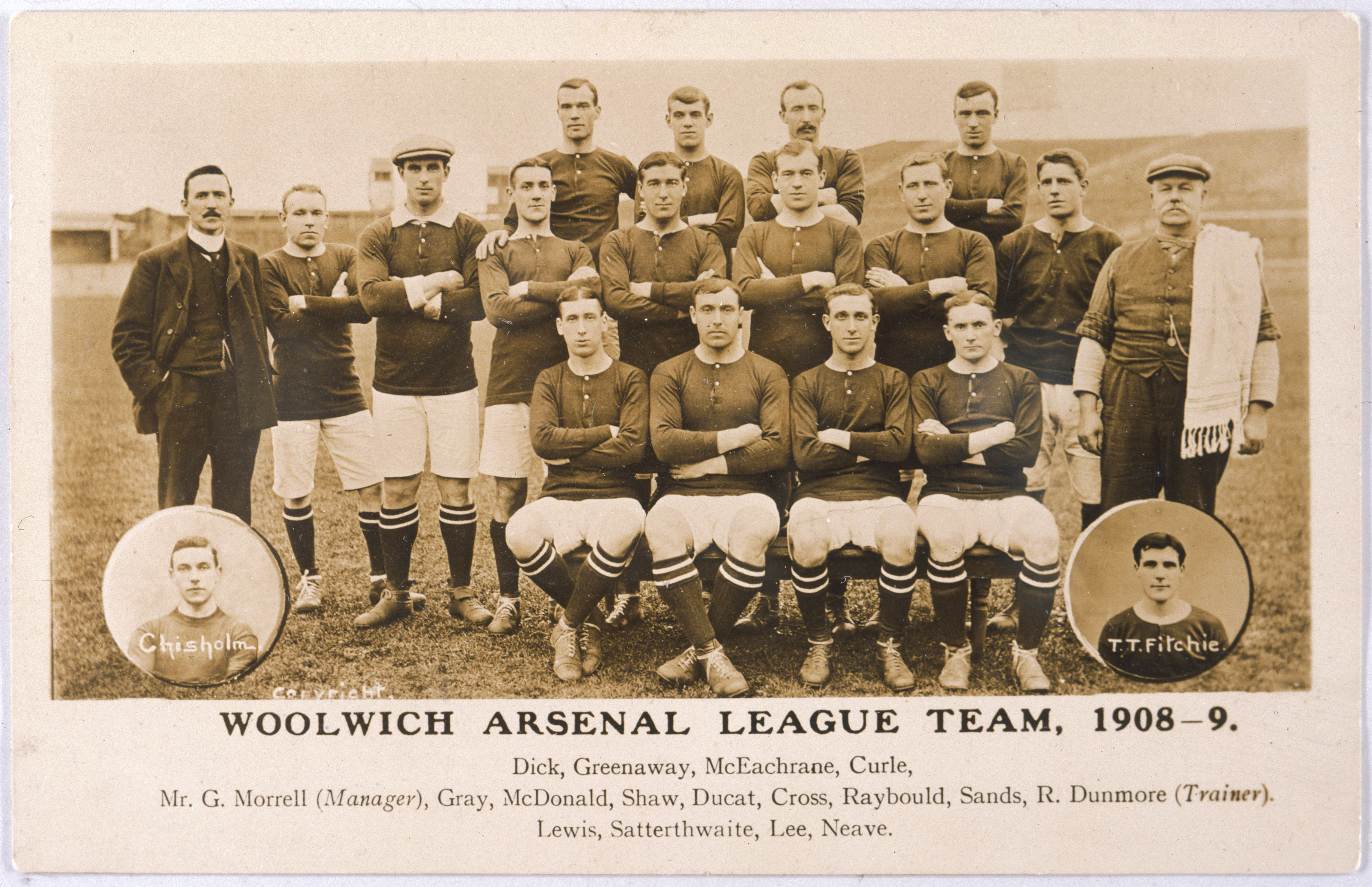
Nowadays, of course, we know Arsenal as one of North London’s two footballing giants – but that wasn’t always the case.
Having flirted with bankruptcy, the Gunners relocated to their iconic old Highbury home in 1911, 25 years after the club was established by munitions workers at the Royal Arsenal in Woolwich – situated on the south bank of the River Thames.
Atlante

Founder members of the Mexican top flight in 1943, Atlante have spent most of their existence based in the capital, Mexico City – where they used to play at the famous Estadio Azteca, until poor attendances precipitated a 2007 move to Cancun, where they promptly won their third league title.
They returned to Mexico City in 2020 – only to up sticks again, this time to the city of Zacatepec de Hidalgo, after being forced out of their ground at the end of 2024.
Clyde
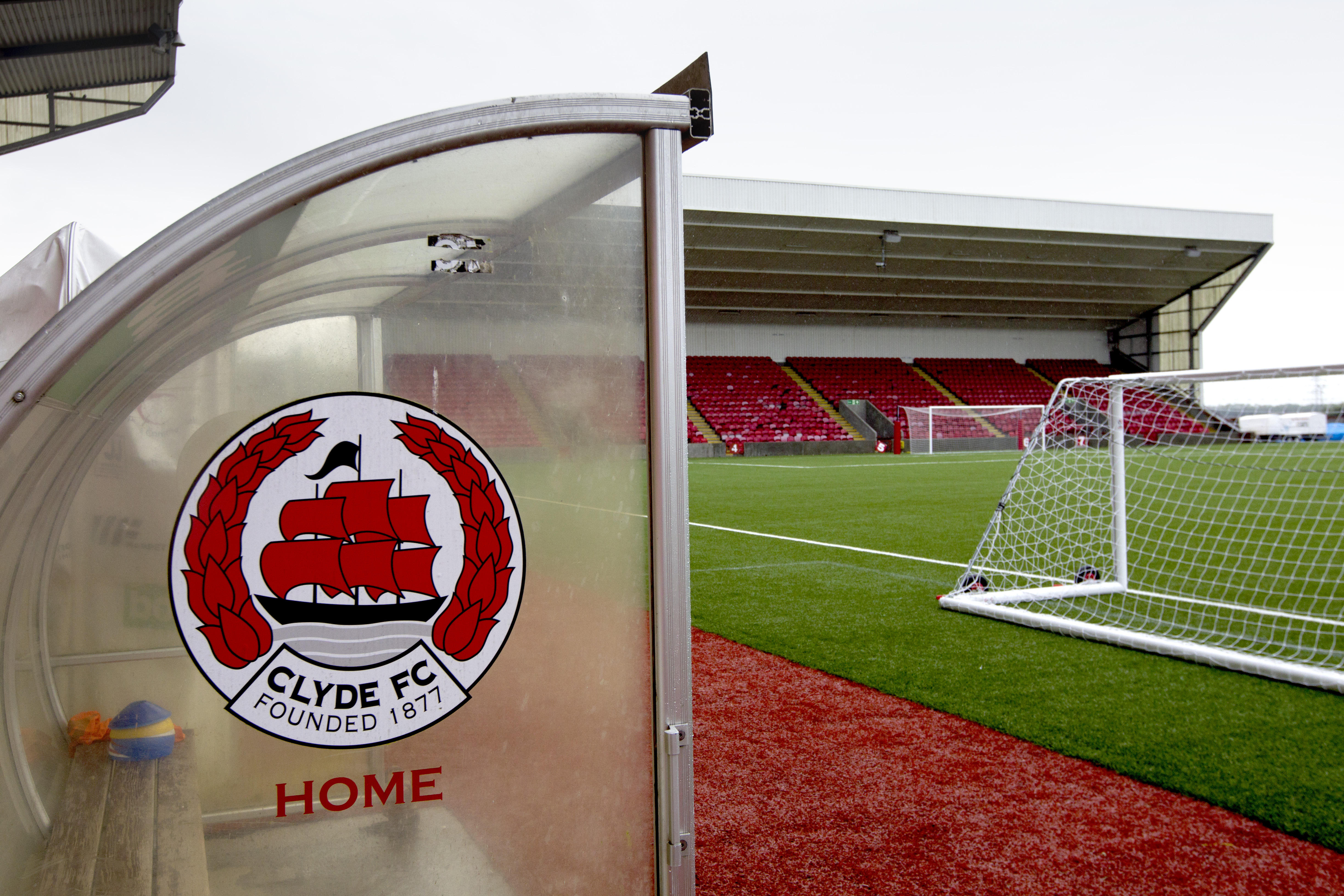
Having been based at grounds in and around Glasgow, Clyde – who take their name from the river running through Scotland’s largest city – moved to the new town of Cumbernauld, North Lanarkshire in 1994.
The three-time Scottish Cup winners spent almost three decades at Cumbernauld’s Broadwood Stadium, before beginning a groundshare at Hamilton Academical’s New Douglas Park in 2022 – ahead of a planned return to Glasgow.
Houston Dynamo

The relocation of sports teams is a familiar concept in the USA, in American sports and football alike – and MLS’ Houston Dynamo are one such example.
In 2005, the San Jose Earthquakes left California for Texas and eventually became the Dynamo – who proceeded to win back-to-back MLS titles in 2006 and 2007. (Somewhat confusingly, the Earthquakes were re-formed in 2007.)
Livingston
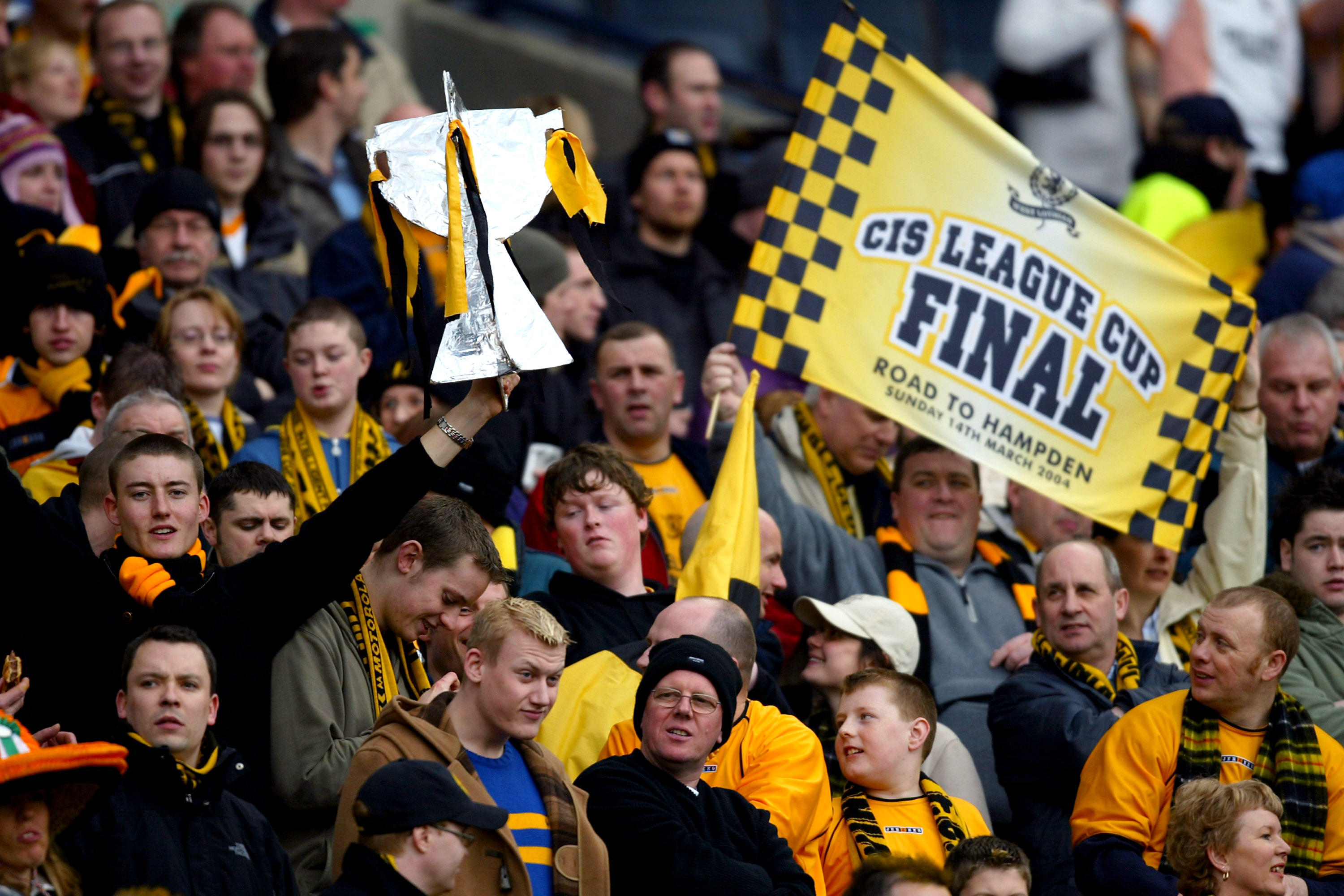
Taking their name from their current hometown, the largest settlement in West Lothian, Livingston have existed in various guises.
Founded in 1943 as the works team of the Ferranti engineering company in Edinburgh, the Lions began life as Ferranti Thistle – before becoming Meadowbank Thistle after their 1974 move to Meadowbank Stadium, where they played until relocating to Livingston in 1995.
Manchester United
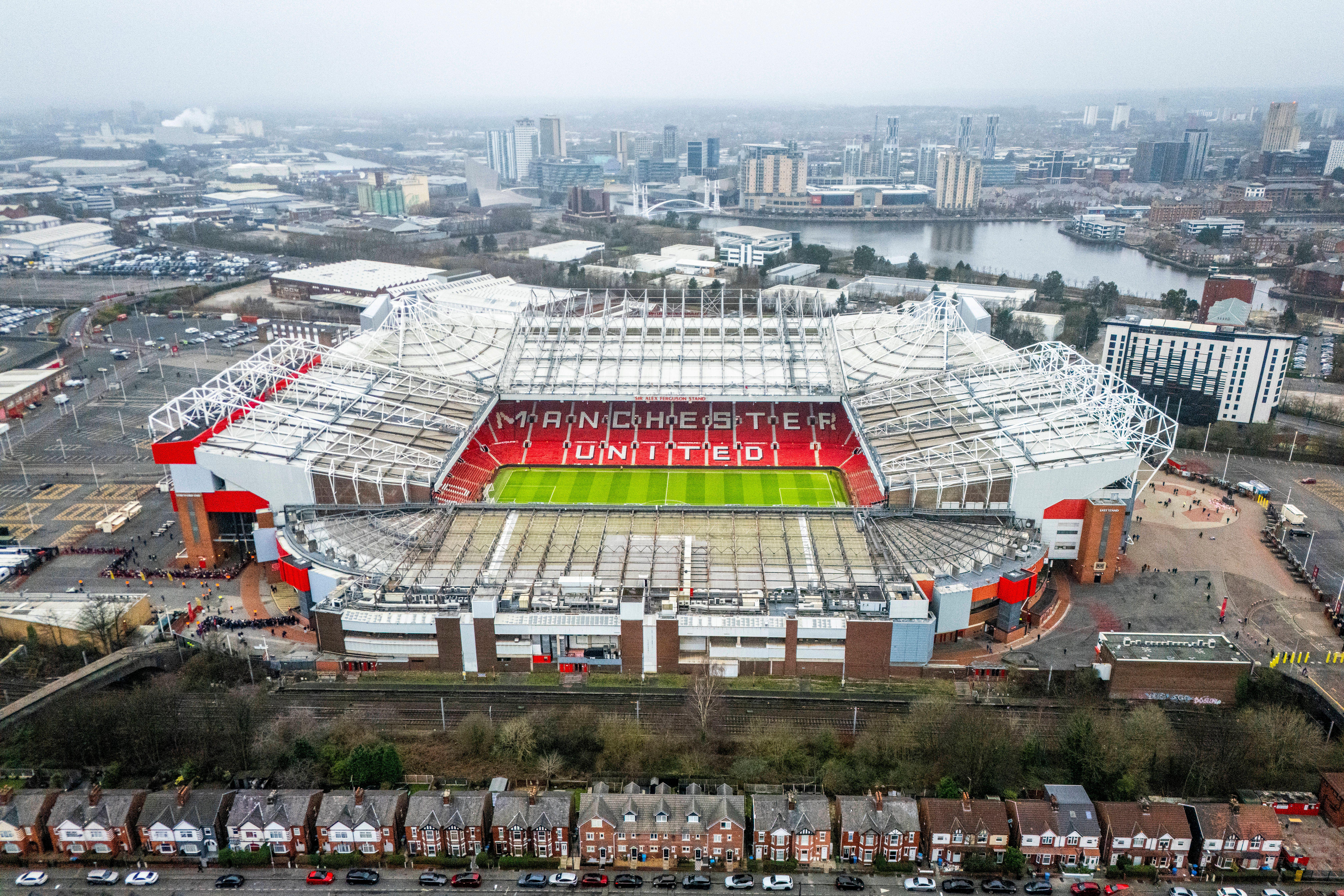
Compared to most other clubs on this list, Manchester United didn’t go far at all – but the Red Devils’ historical relocations are an important part of their story.
Starting out as Newton Heath LYR (Lancashire and Yorkshire Railway) in 1878, United adopted their current, world-famous identity in 1902 – by which time they had left Newton Heath for the Clayton area of Manchester. They moved into Old Trafford in 1910.
MK Dons
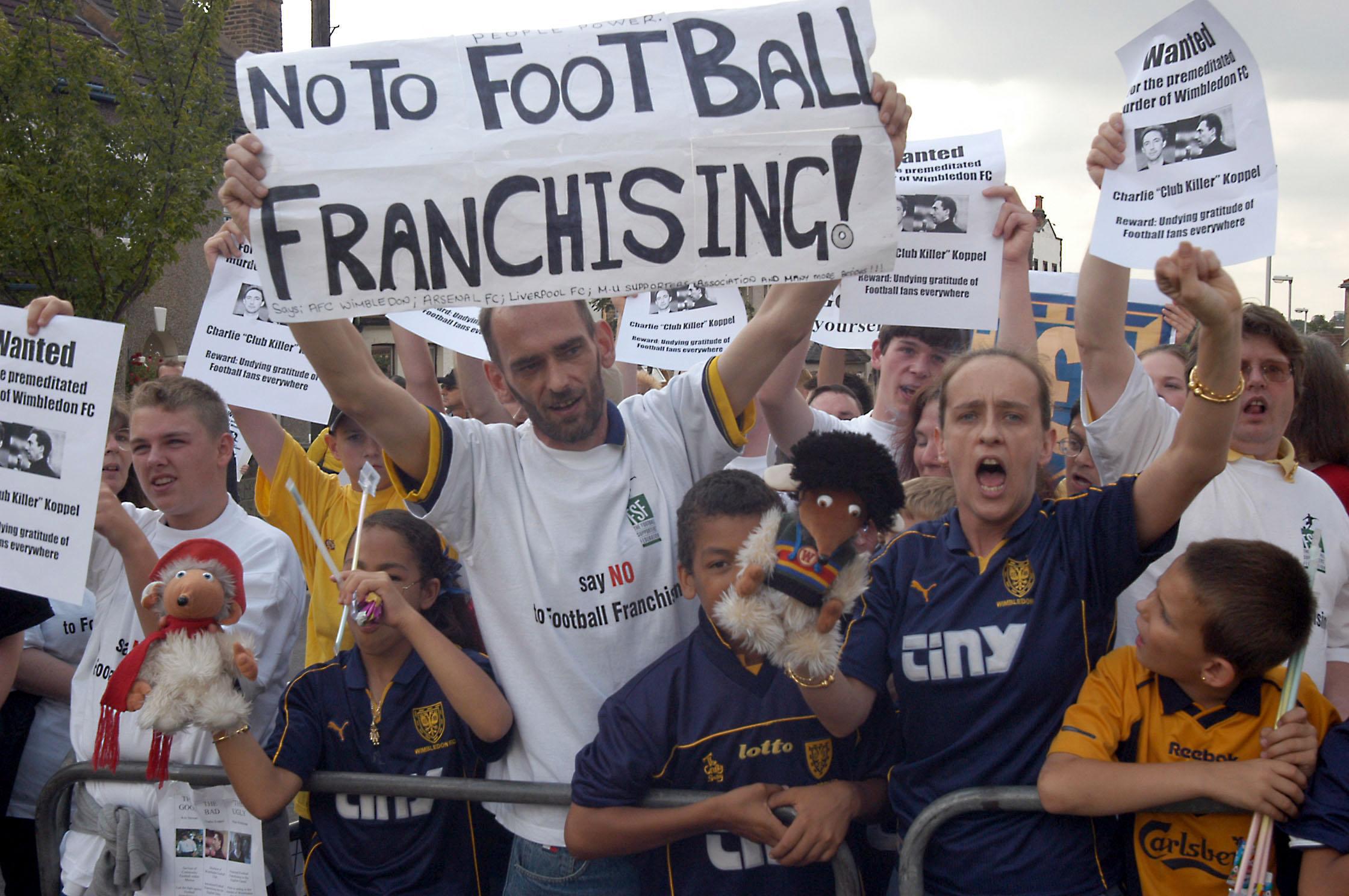
In 2003, in one of the most controversial moments in English football history, financially embattled Wimbledon relocated 45 miles north-west to Milton Keynes. The 1987/88 FA Cup winners became MK Dons the following year.
After the move had been approved in 2002, enraged Wimbledon fans formed a phoenix club: AFC Wimbledon, who reached the Football League in 2011 – and were playing a division above MK, understandably their arch-rivals, by 2018.
Odisha FC
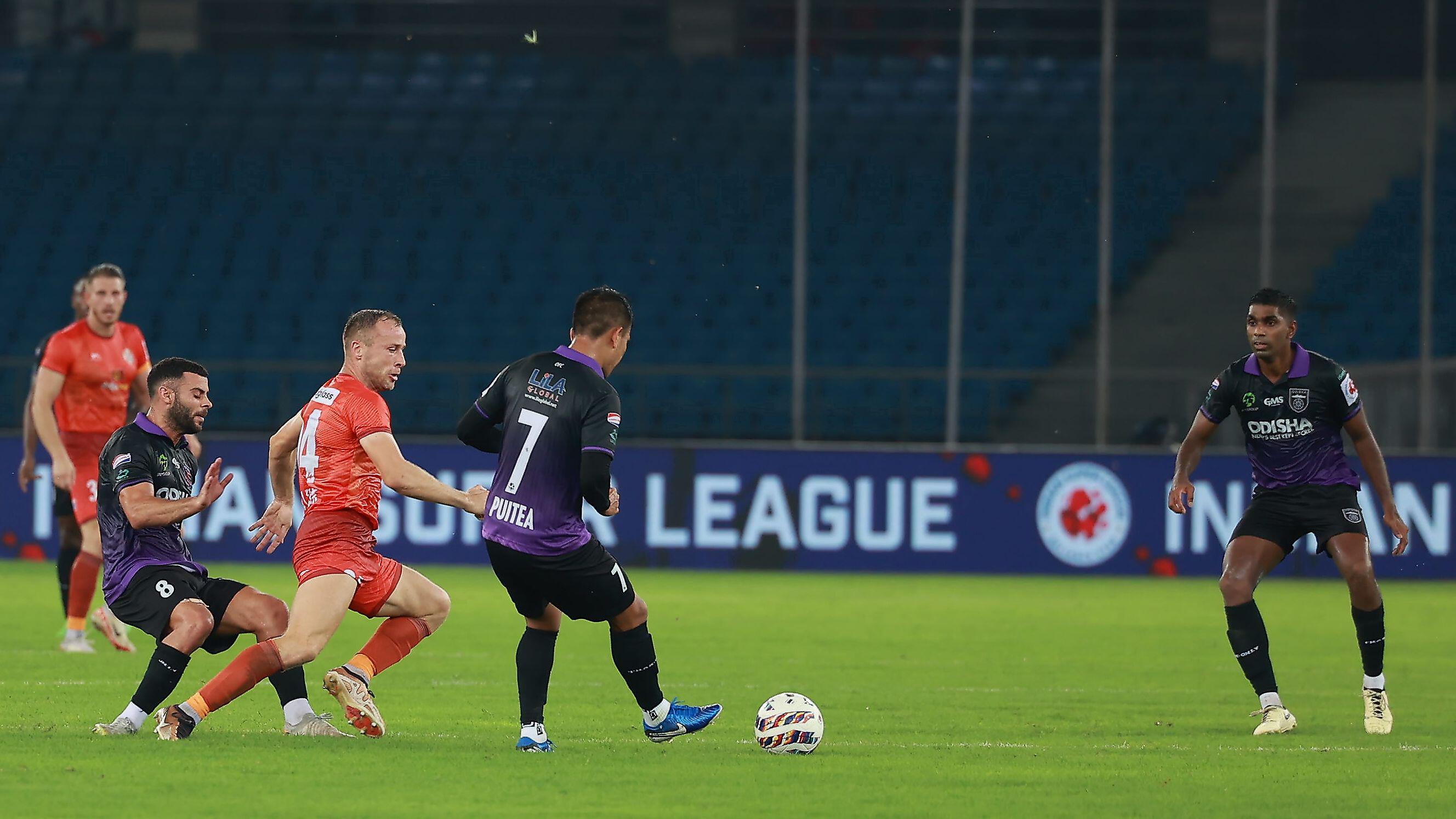
Indian Super League outfit Odisha FC were on the move less than five years after their formation in the country’s capital as Delhi Dynamos.
They took up residence almost 800 miles away in Bhubaneswar in the state of Odisha in 2019 and won their first trophy, the Indian Super Cup, four years later.
Panionios

As we’ve seen, plenty of clubs have changed cities – but Greece’s Panionios don’t even play in the same country as they were formed in.
Set up by the large Greek population in the Turkish city of Izmir, the club was forced to up sticks for Athens in 1922, following Turkey’s victory in the Greco-Turkish war.
Qarabag

By far the most successful club in Azerbaijan, winning 10 out of a possible 11 league titles between 2014 and 2024, Qarabag are originally from the town of Aghdam in the Caucasian country’s Karabakh region.
However, when Aghdam was seized by Armenian forces in 1993 during the First Nagorno-Karabakh War – in which their former player and manager Allahverdi Baghirov was killed – Qarabag had to find a new home, and they’ve been based in the Azerbaijani capital of Baku ever since.
Shakhtar Donetsk

Another club displaced by war, Shakhtar Donetsk relocated due to conflict in their native Donbas region in 2014.
Since then, Ukrainian football’s dominant force of the 21st century have been based in Lviv, Kharkiv and the capital Kyiv – while playing European home games in Poland and Germany, amid Russia’s invasion of their home country.
PFC Sochi
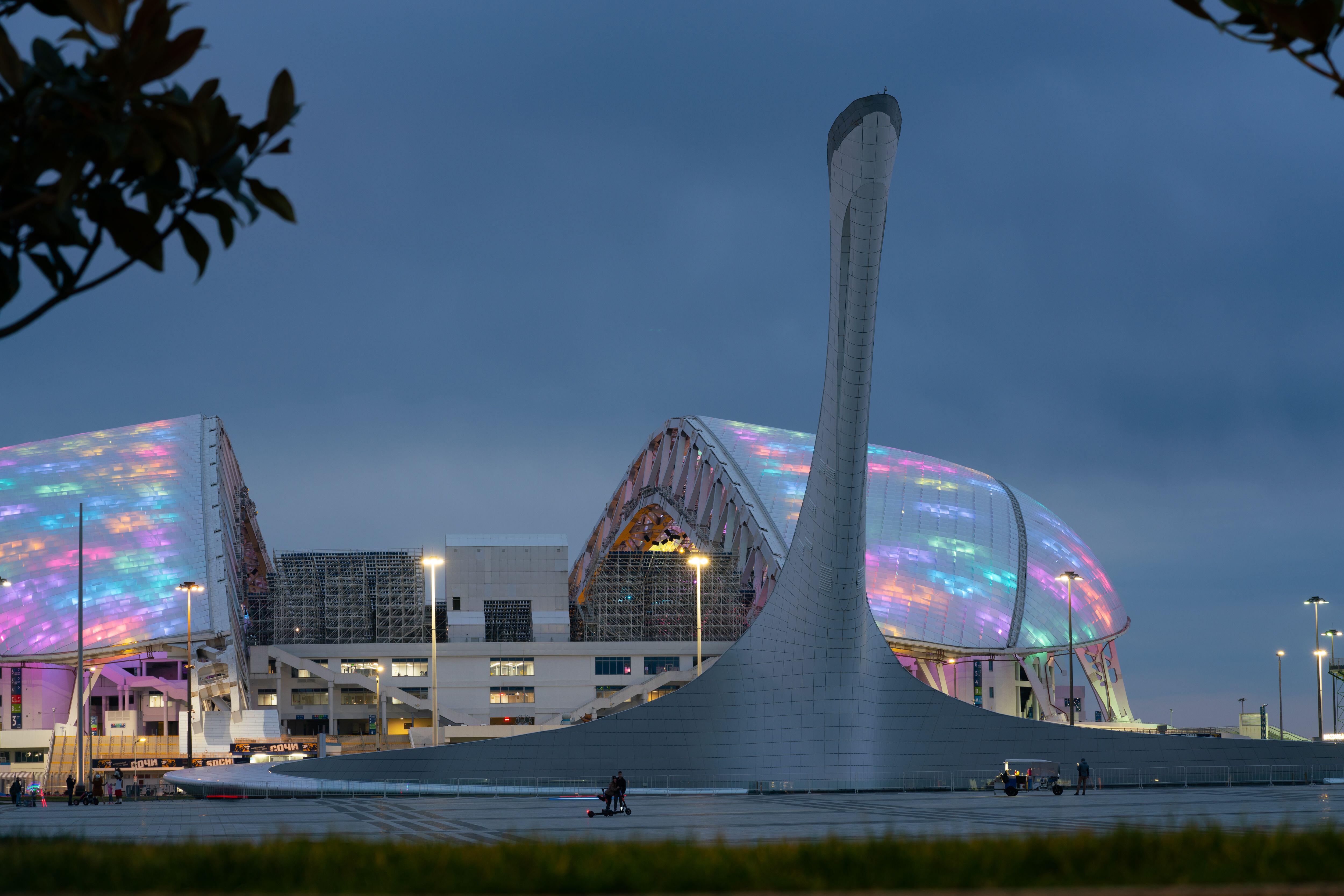
PFC Sochi became the first professional football club in Russia’s major Black Sea resort city in 2018, playing at the Fisht Olympic Stadium, a venue for that year’s World Cup.
Their foundation came after the relocation of Dynamo Saint Petersburg, who made the considerable move of some 1,200 miles. They were promoted to the Russian Premier League for the first time in 2019.
Tokyo Verdy
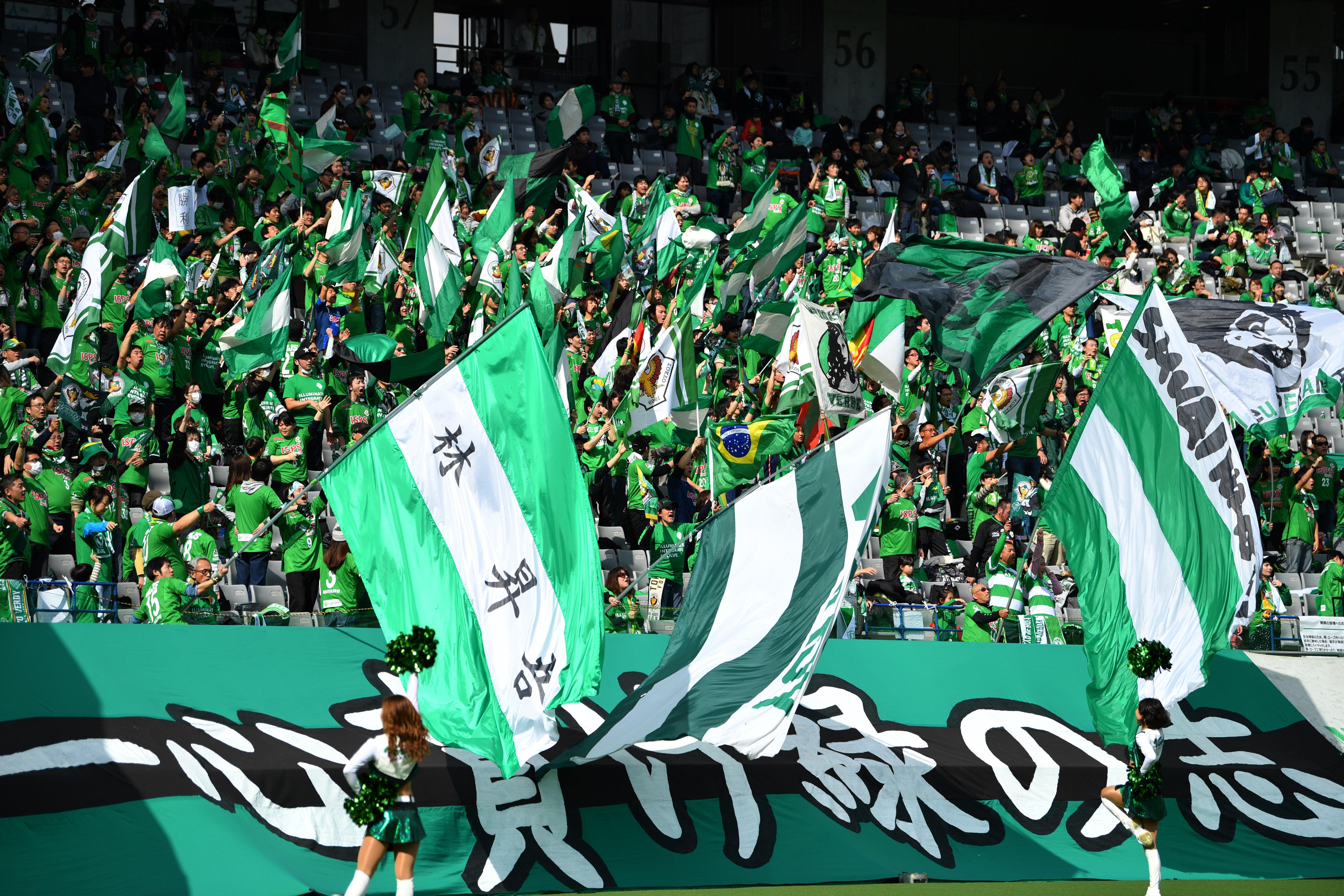
Champions of Japan on seven occasions during the 80s and 90s, Tokyo Verdy started out as Yomiuri FC in 1969.
In 2001, the club made the relatively short move up the coast from Kawasaki to Tokyo, taking up residence at Ajinomoto Stadium and changing their name from Kawasaki Verdy to their current moniker.
Truro City

Struggling financially in the early 2010s, Cornwall’s biggest club Truro City sold their ground to developers and relocated more than 100 miles east to Plymouth, groundsharing with Plymouth Parkway.
After even more distant groundshares at Torquay United, Taunton Town and Gloucester City – over 150 miles from Truro – the Tinners returned home in 2024 to play at the new Truro City Stadium.
Wellington Phoenix

Given that they play in an entirely different country to the majority of clubs in their league (Australia’s A-League), Wellington Phoenix’s relocation didn’t make a whole lot of difference in terms of travel time to away games.
Taking over the A-League licence of the ailing Auckland-based New Zealand Knights in 2007, the Phoenix’s stadium in the national capital is affectionately known as ‘The Cake Tin’ for its distinctive circular shape.










